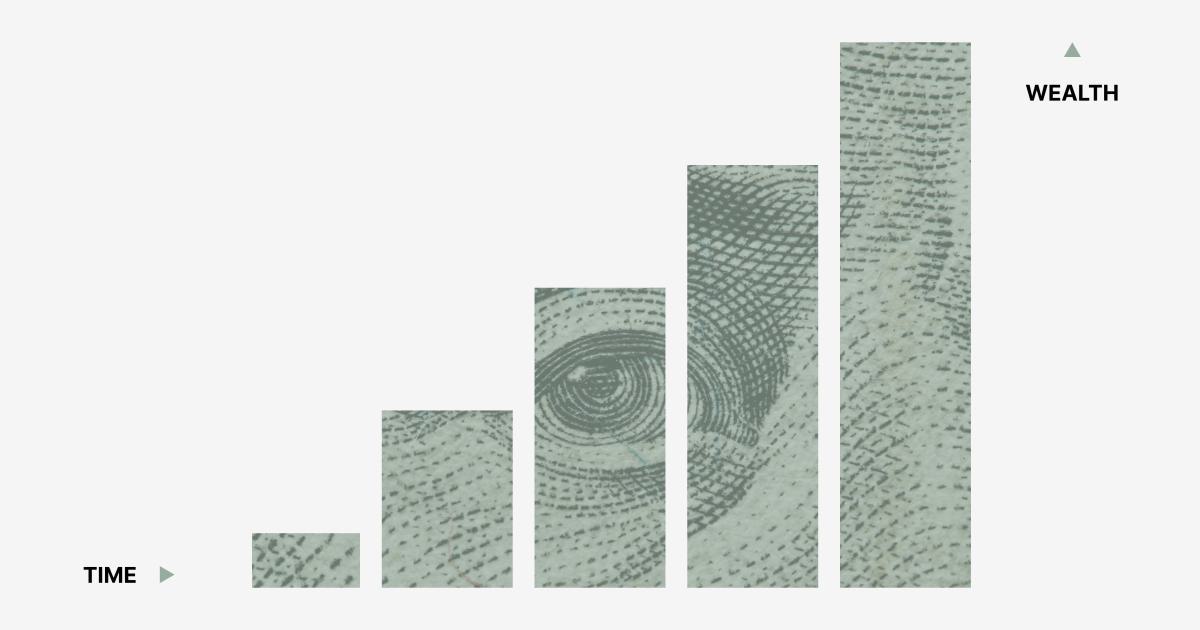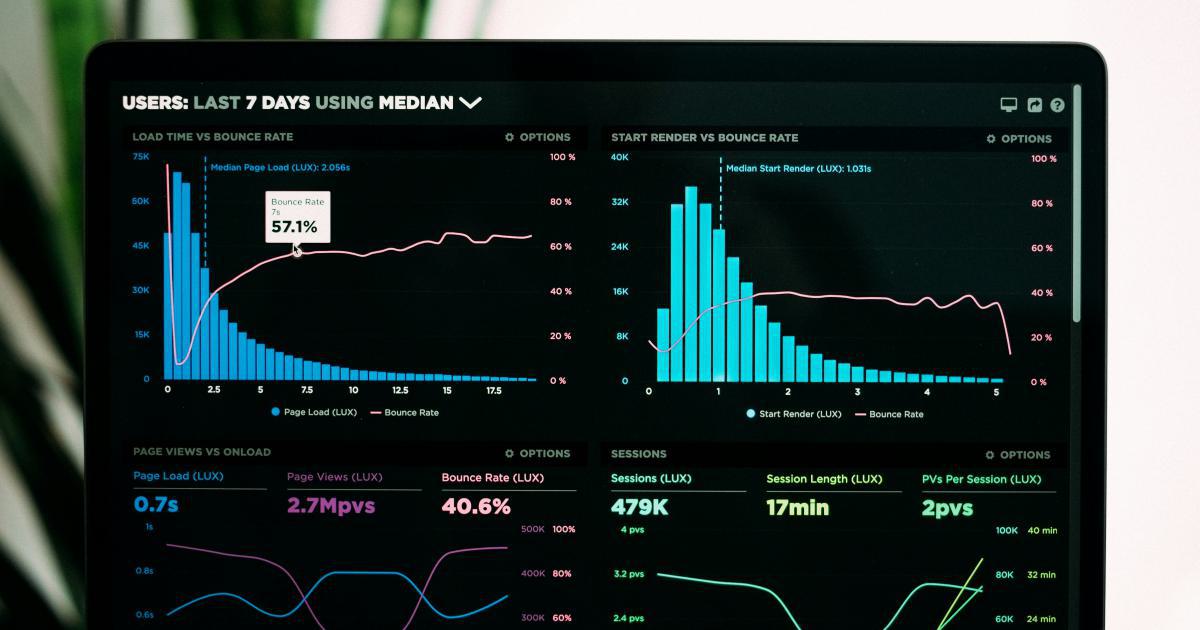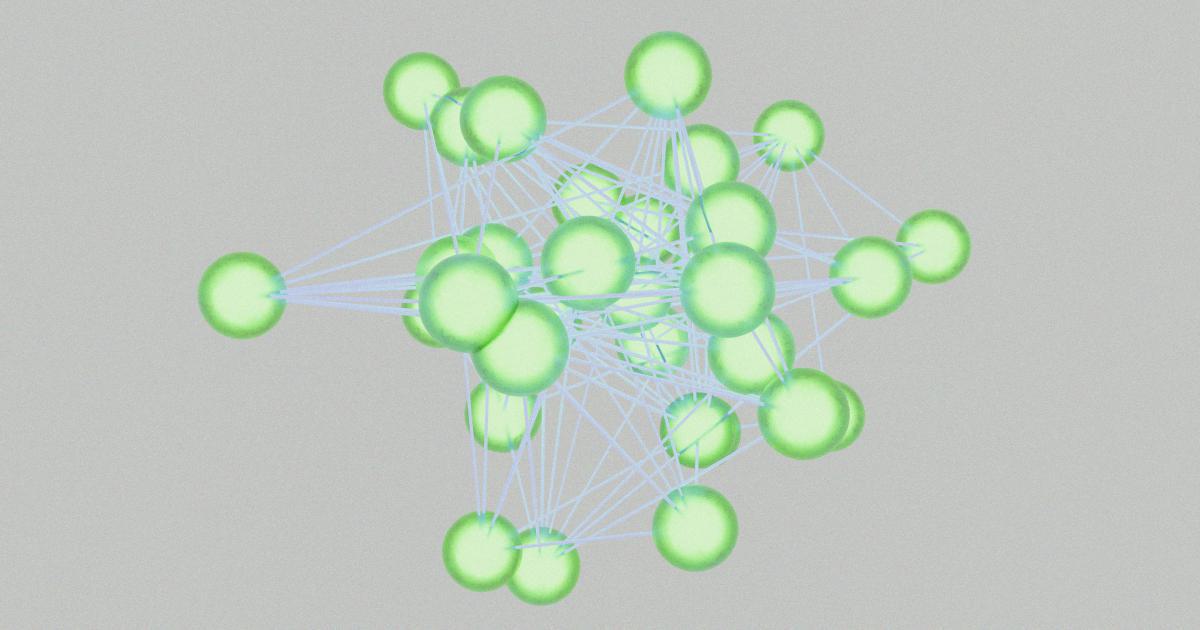Data Storytelling Best Practices: Pie Charts or Treemaps?


Introduction
In the realm of data visualization, pie charts and treemaps have long been go-to tools for conveying complex information in a concise and engaging manner. As data storytelling becomes increasingly prevalent in business, marketing, and beyond, the choice between these two visualization methods has become a topic of ongoing debate.
Whether you're a data analyst, a business decision-maker, or a creative professional, understanding the strengths and limitations of pie charts and treemaps is crucial for effectively communicating insights and driving meaningful action. In this comprehensive article, we'll explore the key considerations, best practices, and real-world examples to help you determine which visualization method is best suited for your data storytelling needs.
Overview of Pie Charts and Treemaps
Pie Charts
Pie charts are circular statistical graphics that are divided into slices to illustrate numerical proportion. They are often used to display the relative sizes of different parts of a whole, making them a popular choice for visualizing categorical data or the breakdown of a single variable.
The simplicity and intuitive nature of pie charts have made them a staple in data visualization for decades. They allow viewers to quickly grasp the overall composition of a dataset and compare the relative sizes of its components.
Treemaps
Treemaps, on the other hand, are a space-filling visualization technique that display hierarchical data as a set of nested rectangles. Each rectangle represents a data point, and its size corresponds to a numeric attribute, such as value or frequency. Treemaps are particularly useful for visualizing large, complex datasets with multiple levels of hierarchy.
Unlike pie charts, treemaps do not rely on angles or radial layouts. Instead, they utilize a grid-based approach that maximizes the use of available space, making them a compelling choice for displaying large amounts of data in a compact and intuitive format.
Comparison Criteria
To determine the optimal visualization method for your data storytelling needs, let's examine several key criteria:
1. Data Structure and Hierarchy
Pie Charts
- Pie charts are best suited for visualizing a single-level data structure, where the parts add up to a whole.
- They are often used to represent the relative proportions or percentages of a set of mutually exclusive categories.
Treemaps
- Treemaps excel at displaying hierarchical data structures, where data points are organized into nested levels.
- They can effectively convey the relative sizes and relationships between different levels of a hierarchy, making them a powerful tool for visualizing complex datasets.

2. Readability and Comprehension
Pie Charts
- Pie charts are generally considered more intuitive and easy to understand, especially for casual or non-technical viewers.
- The radial layout and segmented slices make it straightforward to compare the relative sizes of different parts of the whole.
Treemaps
- Treemaps can be more challenging to interpret, especially for those unfamiliar with the format.
- However, their ability to display large amounts of hierarchical data in a compact space can offset this learning curve for more complex datasets.

3. Data Precision and Accuracy
Pie Charts
- Pie charts are well-suited for displaying precise, numerical data, as the slices can be easily compared to determine the exact proportions.
- However, they may struggle to accurately convey small differences, as the human eye is less adept at precisely judging angles and areas.
Treemaps
- Treemaps excel at displaying precise numerical data, as the relative sizes of the rectangles can be more easily compared.
- They are particularly effective at highlighting small differences in data, as the grid-based layout makes it easier to discern subtle variations in size.

4. Scalability and Large Data Volumes
Pie Charts
- Pie charts can become unwieldy and difficult to interpret when displaying a large number of data points, as the slices become increasingly small and crowded.
- They are generally better suited for visualizing a smaller number of categories or variables.
Treemaps
- Treemaps are highly scalable and can effectively handle large, complex datasets with multiple levels of hierarchy.
- Their space-filling layout allows them to display a significant amount of information in a compact and organized manner, making them a strong choice for visualizing big data.

5. Highlighting Trends and Relationships
Pie Charts
- Pie charts are primarily focused on displaying the relative proportions of a single variable, making them less effective at highlighting trends or relationships between multiple variables.
- They are better suited for answering "what" questions, rather than "why" or "how" questions.
Treemaps
- Treemaps are better equipped to reveal patterns, trends, and relationships within hierarchical data structures.
- Their nested layout allows users to quickly identify the relative sizes and connections between different levels of a dataset, making them a valuable tool for exploratory data analysis and storytelling.

Similarities and Differences
While pie charts and treemaps serve different purposes, there are some notable similarities and differences between the two visualization methods:
Similarities:
- Both pie charts and treemaps are effective at conveying the relative sizes or proportions of data points.
- They are both widely used in data visualization and have become familiar to many audiences.
- Both methods can be customized with color, labeling, and other design elements to enhance their visual appeal and clarity.
Differences:
- Pie charts are better suited for displaying a single-level data structure, while treemaps excel at visualizing hierarchical data.
- Treemaps are generally more effective at handling large, complex datasets and highlighting trends and relationships, while pie charts are more intuitive and easier to understand for casual viewers.
- Pie charts rely on angles and radial layouts, while treemaps utilize a grid-based, space-filling approach.
- Treemaps can more accurately convey precise numerical differences, while pie charts may struggle with small data variations.

Analysis and Recommendations
When deciding between pie charts and treemaps for your data storytelling needs, it's essential to carefully consider the specific characteristics of your dataset, the target audience, and the goals of your visualization.
Pie Charts:
- Pie charts are an excellent choice for visualizing the relative proportions or percentages of a set of mutually exclusive categories, especially for smaller datasets.
- They are more intuitive and easier to understand for casual or non-technical viewers, making them a suitable option for high-level, executive-level presentations or dashboards.
- Pie charts are best used to answer "what" questions, such as "What is the breakdown of our sales by product line?"
Treemaps:
- Treemaps are a powerful tool for visualizing large, complex datasets with hierarchical structures, as they can effectively convey the relative sizes and relationships between different levels of data.
- They are particularly useful for exploratory data analysis, where the goal is to uncover patterns, trends, and connections within the data.
- Treemaps are better suited for answering "why" and "how" questions, such as "How do our sales break down across product lines and geographic regions?"

Ultimately, the choice between pie charts and treemaps will depend on the specific needs of your data storytelling project. By understanding the strengths and limitations of each visualization method, you can make an informed decision that will effectively communicate your data insights and drive meaningful action.
Conclusion
In the world of data storytelling, pie charts and treemaps each have their own unique strengths and applications. Pie charts excel at conveying the relative proportions of a single-level data structure, while treemaps shine when it comes to visualizing large, hierarchical datasets and uncovering underlying trends and relationships.
By carefully considering the data structure, target audience, and desired insights, data storytellers can leverage the power of these two visualization methods to create engaging, impactful, and actionable data visualizations. As you embark on your next data storytelling project, remember to keep these best practices in mind and choose the visualization method that best suits your needs.